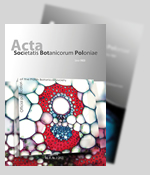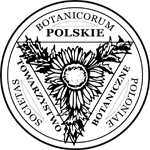Abstract
Numerous reports indicate that fir woods in central and northern Europe have recently been damaged by increasing pollution. It has been demonstrated that fungi can be good bioindicators of forest health status. In polluted areas the production of fruit bodies generally declines and the fungal biodiversity, especially of symbiotic species, is reduced. Here we report the results of a survey of the fungal and plant communities in woods of Abies alba Miller in central-southern Tuscany, already studied in the past. Certain changes were observed in the study areas, but they seem more likely to be due to other factors than pollution, such as the weather conditions, the age and natural evolution of the forests towards their climax.
Keywords
mycocoenology; fir woods; central Italy







